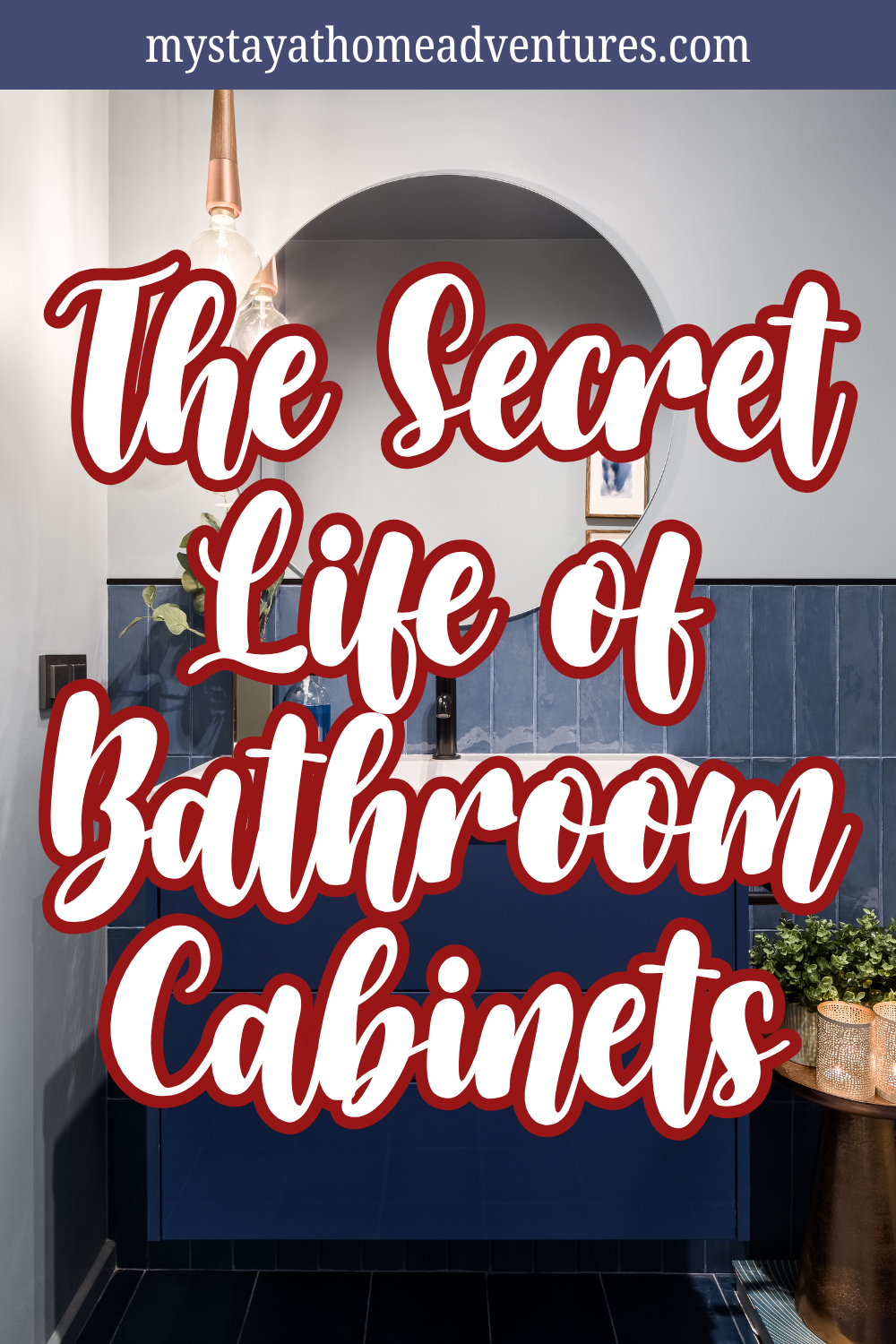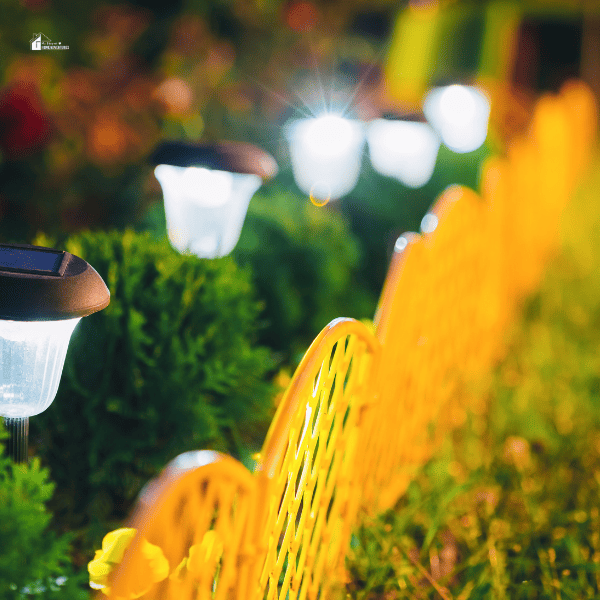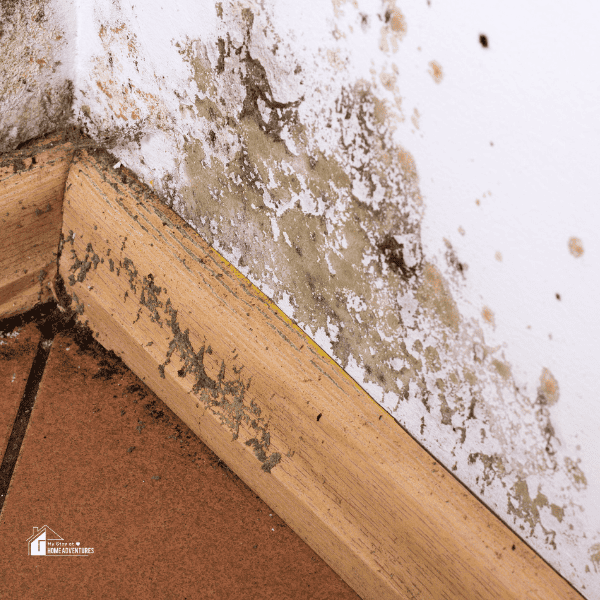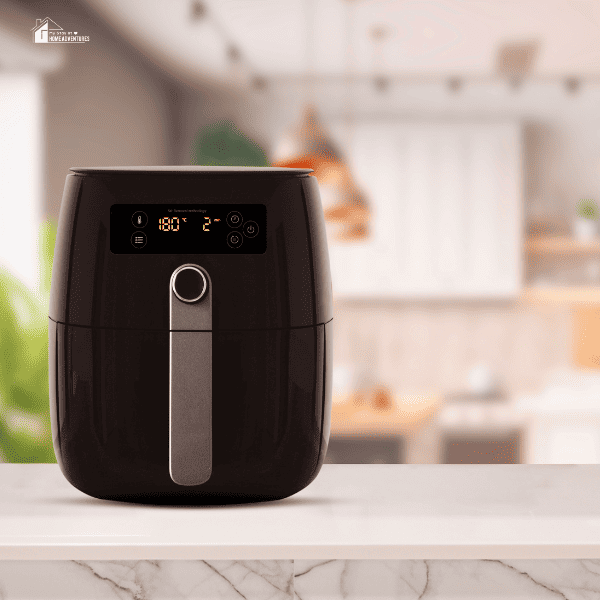The Secret Life of Bathroom Cabinets
This post may contain affiliate links which might earn us money. Please read my Disclosure and Privacy policies hereBathrooms are often seen as straightforward, functional spaces. They provide a place to prepare for the day ahead, wind down in the evening, and maintain personal hygiene. Yet, beyond the obvious, there exists a hidden world within these rooms—one that resides quietly behind closed doors.
Bathroom cabinets, often underestimated, are repositories of personal histories, silent witnesses to daily rituals, and curators of both practical necessities and forgotten treasures. The contents they hold are rarely on display, making them private archives that reflect lifestyles, preferences, and even emotional states.
In regions like New Jersey, where home design often blends traditional charm with modern practicality, these quiet storage spaces take on an even more personal character, shaped by the unique tastes and needs of their owners.
While the exterior of a bathroom might present a clean, minimalist appearance, the interiors of these cabinets reveal the complex intersection between practicality and personality. They store tools for grooming, containers for organization, and sometimes oddities that defy categorization.
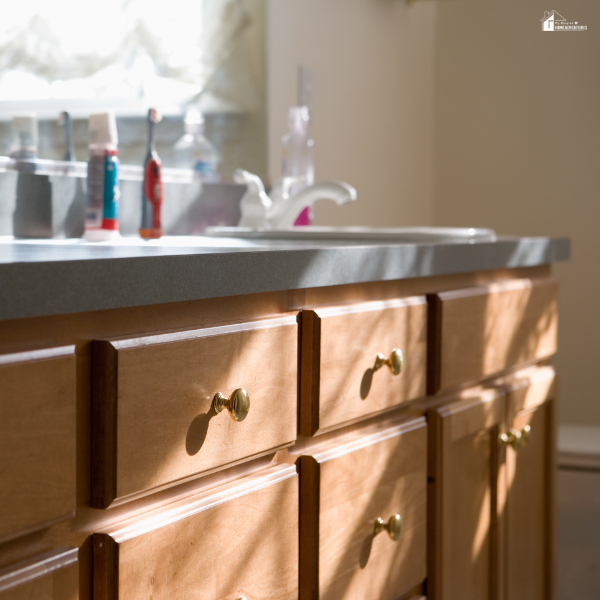
Bathrooms as Functional Sanctuaries
In many homes, the bathroom serves as more than a purely utilitarian space. It is a place where privacy and comfort intersect with personal care, creating an environment that feels almost like a sanctuary.
This sense of purpose extends into its storage solutions, where cabinets hold the essential items that facilitate daily routines. From morning preparations to evening rituals, the accessibility and organization of these items can define the bathroom’s efficiency.
Thoughtful design plays a significant role in maximizing this potential, and in some cases, it’s the driving factor behind renovations, such as those seen in New Jersey bathroom remodeling projects, where functionality is seamlessly balanced with style.
This trend has gained momentum partly because of the region’s proximity to major metropolitan hubs, where modern design influences and high-end finishes often set the tone for what’s popular in surrounding areas.
These cabinets are more than just storage—they are the backbone of a well-functioning bathroom. Whether recessed into the wall, mounted above the sink, or designed as part of a vanity, their structure influences both convenience and aesthetics.
The Private Inventory
Opening a bathroom cabinet can be an oddly revealing experience. Inside, one might find everything from neatly lined-up bottles of skincare products to miscellaneous tools that seem out of place but have somehow found their way in. These contents form a kind of private inventory, mapping out the owner’s habits and priorities.
For some, the cabinet is a showcase of meticulous organization—products arranged by type, size, or frequency of use. For others, it is a dynamic space where order is secondary to accessibility. Items migrate over time: a tube of toothpaste edges toward the front while an unused bath oil recedes to the back.
Hidden Histories
Every bathroom cabinet tells a story. Some of its contents might be newly purchased essentials, while others are relics of past routines. An old bottle of cologne that is no longer used might still hold sentimental value.
A half-used jar of hair mask could be a remnant of a short-lived experiment in self-care. These objects, whether intentional keepsakes or accidental long-term residents, form a kind of hidden history that only their owner fully understands.
Sometimes, the cabinet becomes a storage space for items that have outlived their original purpose but are too inconsequential to discard. These might include worn-out combs, expired creams, or tiny travel-sized toiletries collected from trips.
The Intersection of Utility and Design
The organization within bathroom cabinets is not purely a matter of utility; design plays an equally important role. The choice of materials, finishes, and internal layout all contribute to the experience of using them.
Adjustable shelving can accommodate different item sizes, while built-in compartments can prevent clutter. Mirrors on the doors serve dual purposes, expanding the visual space while providing a practical grooming aid.
Design also influences how easy it is to maintain order. A well-structured cabinet can make organization almost effortless, while a poorly designed one can encourage clutter.
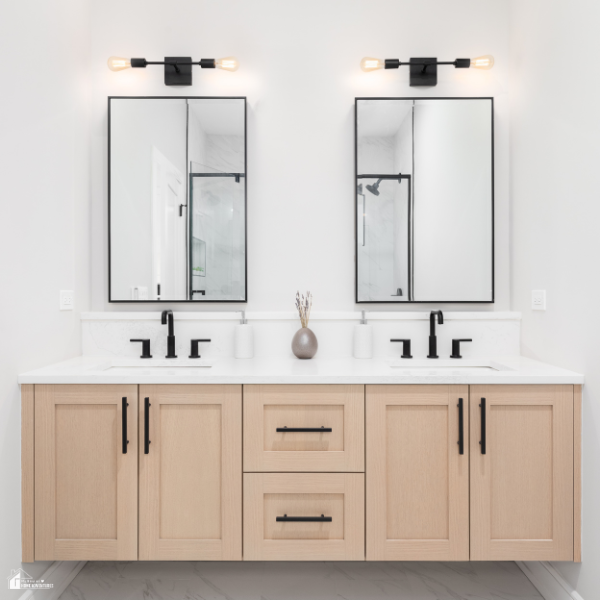
Minimalism and the Art of Curation
Minimalism has brought renewed attention to the idea of keeping only what is necessary and meaningful. In the context of bathroom cabinets, this philosophy translates into a curated selection of items that serve clear purposes.
Rather than overfilling the space, minimalists aim for a streamlined collection that allows easy access to daily essentials while avoiding the visual and mental weight of excess.
This curated approach can transform the cabinet into something more than storage—it becomes a deliberate arrangement that supports a calmer, more focused start to the day. Every item has its place, and nothing remains without intention.
The Role of Privacy
Bathroom cabinets are inherently private spaces. Unlike open shelving, they keep their contents hidden from casual view. This privacy serves a practical purpose—keeping personal items discreet—as well as an emotional one.
The knowledge that these small areas belong entirely to their owner allows for an unfiltered reflection of personal habits, unshaped by outside judgment.
Adapting to Changing Needs
Over time, the contents and organization of a bathroom cabinet change to reflect new circumstances. A single person’s cabinet might contain a modest selection of grooming products, while a growing family might require a complex arrangement to accommodate multiple routines.
Health needs, lifestyle changes, and shifting personal interests all influence what the cabinet holds.
Adaptability is key. Modular organizers, removable trays, and adjustable shelves help a cabinet evolve without losing its core purpose. In this way, the bathroom cabinet remains relevant no matter how the life around it changes.
From Utility to Ritual
Though bathroom cabinets are fundamentally practical, their use often becomes part of daily rituals. Reaching for the same lotion every night, placing a toothbrush in its holder, or aligning bottles in a certain way can become comforting, habitual acts.
These routines turn the cabinet into more than just a container; it becomes a participant in the subtle choreography of everyday life.
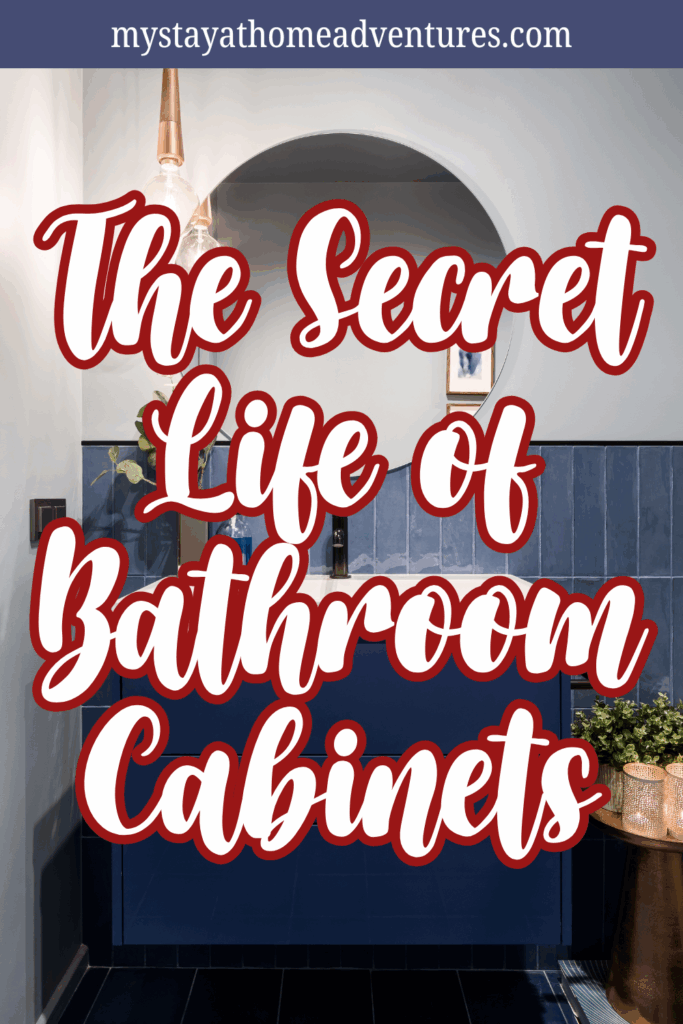
A bathroom cabinet is far more than a simple storage space. It is a personal archive, a functional design element, and a silent witness to the routines that shape daily life. Its ability to hold both the practical and the sentimental, the expected and the surprising, makes it one of the most quietly significant elements of the home.

